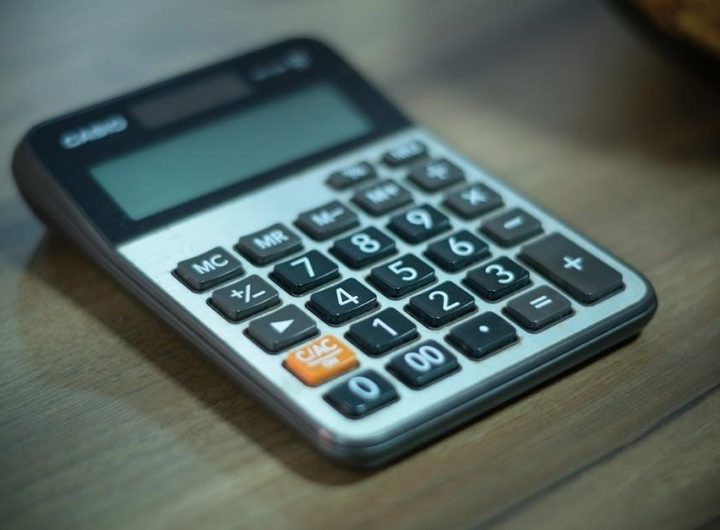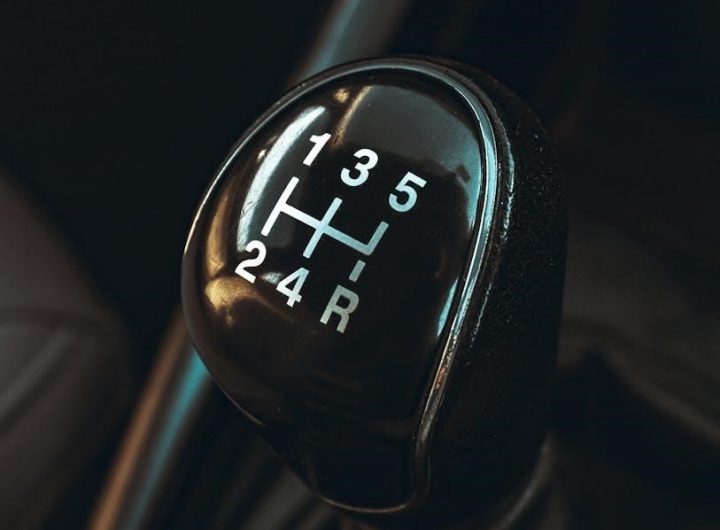structure easily.
Definition of Genogram Symbols
Genogram symbols are used to create a visual representation of a family’s structure and relationships‚ providing a comprehensive understanding of the family dynamics and history. The definition of genogram symbols is rooted in the concept of family systems therapy‚ which aims to identify patterns and relationships within a family. These symbols are used to represent individuals‚ their relationships‚ and significant events in their lives‚ such as marriages‚ divorces‚ and deaths. A genogram typically includes symbols for males‚ females‚ and non-binary individuals‚ as well as lines to represent relationships between them. The use of these symbols allows therapists and individuals to create a detailed and accurate diagram of a family’s history and structure‚ which can be useful in identifying patterns and relationships that may be contributing to a particular issue or problem. By using genogram symbols‚ individuals can gain a deeper understanding of their family’s dynamics and history‚ and develop strategies for improving their relationships and overall well-being. Genogram symbols are an essential tool in family therapy and can be used in a variety of settings‚ including counseling and research. They provide a unique and effective way to visualize and understand complex family relationships.
Standard Symbols for Genograms
Standard symbols for genograms are used to represent individuals‚ relationships‚ and events in a family diagram. These symbols are widely accepted and used in family therapy and research. The standard symbols include a square to represent a male‚ a circle to represent a female‚ and a diamond or triangle to represent a non-binary individual. Lines are used to connect the symbols and represent relationships between family members‚ such as marriages‚ divorces‚ and parent-child relationships. The standard symbols also include a variety of markings and annotations to indicate significant events‚ such as deaths‚ adoptions‚ and separations. By using standard symbols‚ genograms can be easily understood and interpreted by therapists‚ researchers‚ and individuals. The use of standard symbols ensures consistency and clarity in genogram construction and analysis. Standard symbols for genograms are an essential component of family systems therapy and are used to create a visual representation of a family’s structure and relationships. They provide a common language and framework for understanding and working with families.
Layout of Generations in a Genogram
Generations are typically laid out in a hierarchical structure using
standard symbols
to represent each family member clearly.
Basic Genogram Instructions
To create a genogram‚ start by drawing a square to represent the father and a circle to represent the mother‚ using standard shapes to denote each family member.
The squares and circles are then connected by a horizontal line to indicate the relationship between the two individuals.
The children are placed below the family line‚ listed from oldest to youngest‚ and represented by either a square or a circle depending on their gender.
Additional symbols and lines can be used to indicate other relationships‚ such as siblings‚ spouses‚ and grandparents.
It is essential to use a consistent set of symbols throughout the genogram to avoid confusion and ensure clarity.
By following these basic instructions‚ individuals can create a comprehensive and accurate genogram that provides a visual representation of their family structure and relationships.
Using genogram symbols and following the basic instructions can help individuals understand their family dynamics and identify patterns and trends that may be relevant to their personal or professional lives.
The use of standard symbols and a clear layout makes it easier to interpret and analyze the genogram.
Genogram Symbols for Non-Binary Individuals
Genogram symbols for non-binary individuals are an important aspect of creating inclusive and respectful family diagrams.
A symbol is used to represent non-binary individuals‚ which can be found in the shapes menu under flowchart symbols.
This symbol is used to indicate that an individual does not identify as male or female‚ and it is an important part of creating a genogram that accurately represents the diversity of a family.
Using this symbol‚ individuals can create a genogram that respects and acknowledges the identities of all family members‚ regardless of their gender identity.
The use of this symbol promotes inclusivity and understanding‚ and it is an important step in creating a genogram that is respectful and accurate.
By including this symbol in the genogram‚ individuals can ensure that their family diagram is comprehensive and representative of all family members.
The symbol is a valuable tool for creating a genogram that is inclusive and respectful of all individuals‚ regardless of their gender identity or expression.
It is essential to use this symbol consistently throughout the genogram to maintain clarity and accuracy.
Using Genogram Symbols in Practice
Therapists use genogram symbols to create diagrams‚ analyzing family relationships and dynamics‚ with standard shapes and lines‚ in a clinical setting‚ to understand patient backgrounds and histories easily.
Creating a Genogram
Creating a genogram involves gathering information about an individual’s family history‚ including relationships‚ marriages‚ and deaths. This information is then used to construct a diagram‚ typically using standard shapes such as squares and circles to represent males and females. The process of creating a genogram can be therapeutic in itself‚ as it allows individuals to reflect on! their family dynamics and relationships. A genogram can be created by hand or using specialized software‚ and can be a useful tool for therapists‚ counselors‚ and other healthcare professionals. The diagram is typically organized by generation‚ with the oldest generation at the top and the youngest at the bottom. Lines are used to connect family members and indicate relationships‚ such as marriage or sibling bonds. By examining the genogram‚ individuals and therapists can identify patterns and themes that may be relevant to their mental health and well-being. Overall‚ creating a genogram is a valuable exercise that can provide insight into an individual’s family history and relationships.
Genogram Templates and Resources
Genogram templates and resources are available online‚ providing a convenient way to create and customize genograms. These templates can be downloaded and printed‚ or used digitally‚ and often include standard symbols and shapes to represent males‚ females‚ and relationships. Many websites offer free genogram templates in various formats‚ including PDF and Word‚ which can be easily edited and modified to suit individual needs. Additionally‚ some websites provide genogram software and tools‚ allowing users to create and edit genograms online. These resources can be useful for therapists‚ counselors‚ and individuals looking to create a genogram for personal or professional use. By using a genogram template‚ individuals can save time and effort‚ and focus on analyzing and interpreting the information presented in the genogram. Overall‚ genogram templates and resources can be a valuable asset for anyone looking to create and work with genograms. They provide a convenient and efficient way to create and customize genograms‚ and can be used in a variety of settings and applications.
Genogram symbols are essential for creating effective family diagrams‚ using standard shapes and lines to represent relationships and individuals in a clear and concise manner always using proper symbols.
Importance of Genogram Symbols
The importance of genogram symbols lies in their ability to provide a clear and concise visual representation of family relationships and dynamics. Using standard symbols‚ such as squares and circles‚ allows for easy identification of individuals and their roles within the family structure. This enables therapists and family members to quickly understand complex family relationships and identify potential areas of conflict or tension. The use of genogram symbols also facilitates communication and collaboration among family members‚ helping to build trust and understanding. Furthermore‚ genogram symbols can be used to track changes in family dynamics over time‚ allowing for more effective monitoring and intervention. By utilizing genogram symbols‚ therapists and family members can work together to develop strategies for improving family relationships and promoting overall well-being. The effectiveness of genogram symbols in therapy and family counseling has been well-documented‚ making them a valuable tool for anyone working with families.
 ham radio q codes pdf
ham radio q codes pdf  he is all you need steve camp chord chart pdf
he is all you need steve camp chord chart pdf  west virginia blue book pdf
west virginia blue book pdf  spps calendar 23-24 pdf
spps calendar 23-24 pdf  spectrum math grade 7 answer key pdf
spectrum math grade 7 answer key pdf  a christmas festival leroy anderson pdf
a christmas festival leroy anderson pdf  gray’s manual of botany
gray’s manual of botany  waterdrop x series undersink reverse osmosis system x16 manual
waterdrop x series undersink reverse osmosis system x16 manual  kia service manual pdf free download
kia service manual pdf free download